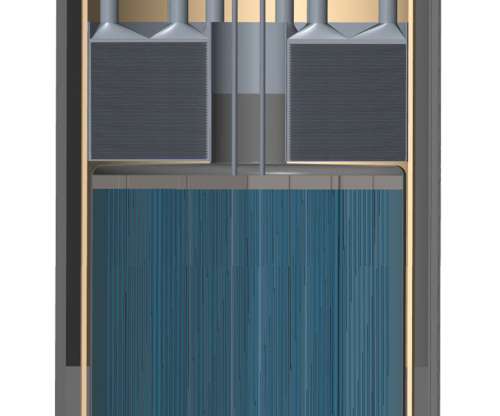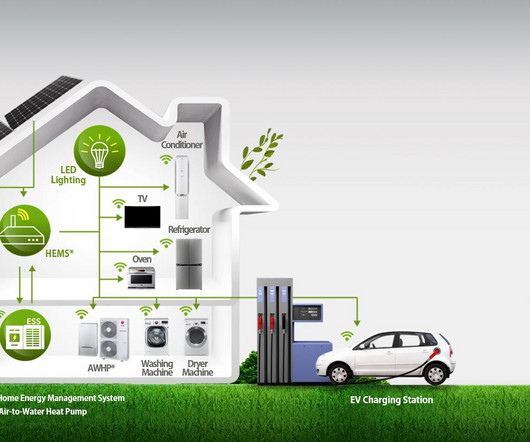Canada investing $20M in Terrestrial Energy to support development of Integral Molten Salt SMR
Green Car Congress
OCTOBER 18, 2020
Canada investing $20M in Terrestrial Energy to support development of Integral Molten Salt SMR. Navdeep Bains, announced a $20 million investment in Terrestrial Energy to accelerate development of the company’s Integral Molten Salt Reactor (IMSR) power plant. The IMSR uses molten salt as coolant and fuel.























Let's personalize your content